See the world as seals do with a dive under Lake Baikal’s ice (PHOTOS)

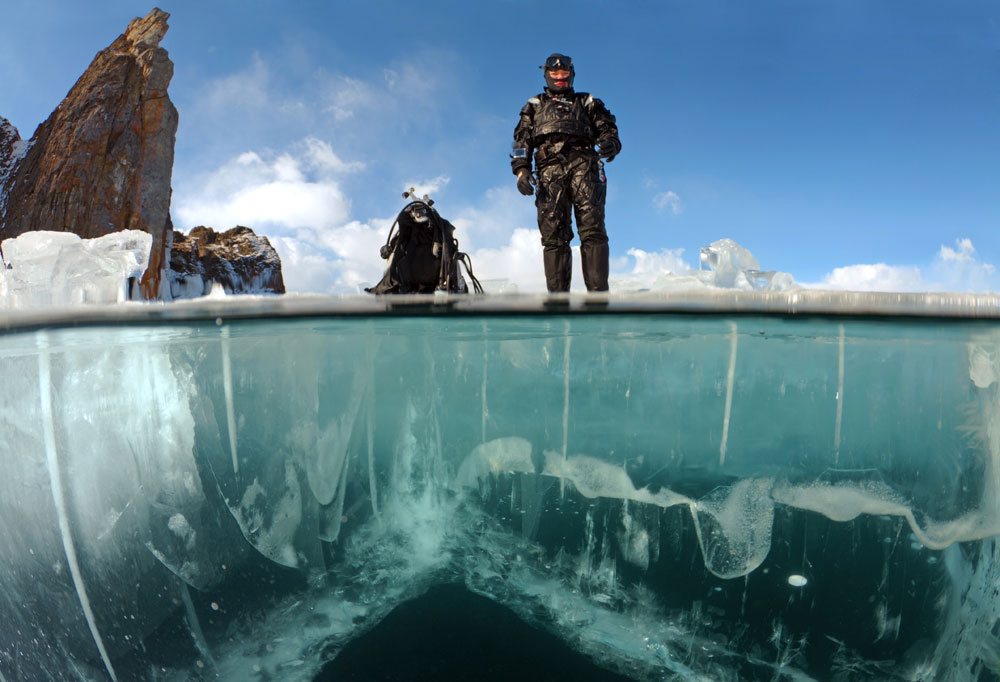
If you can’t decide whether it’s worth visiting Siberia in winter, then Baikal ice diving might be what puts you over the edge.
Andrey Nekrasov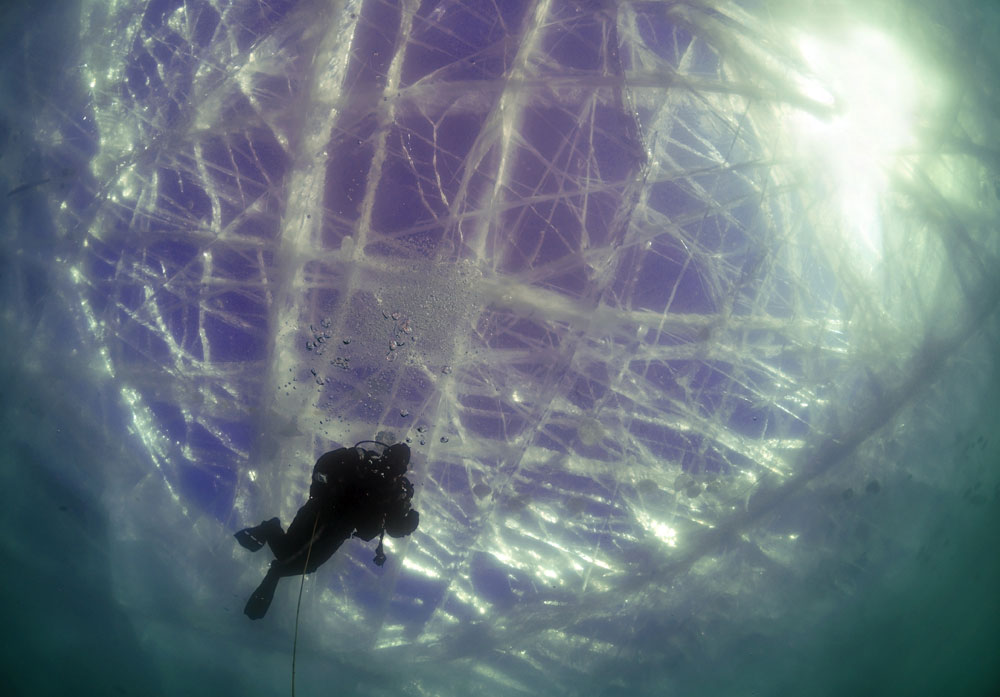
Baikal, the world's largest freshwater lake turns into an ice kingdom in winter.
Andrey Nekrasov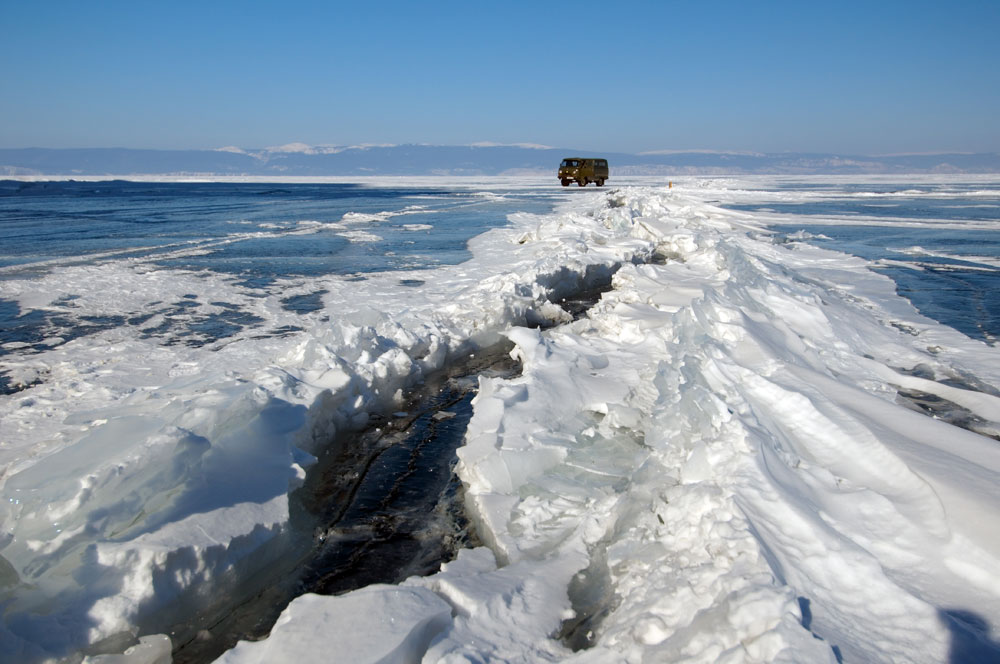
"Ice, ice all around, 30 square kilometers of ice! No matter if you drive 30 or 300 kilometers on its surface - the icy horizon is still in front of you," says Andrei Nekrasov, Ukrainian photographer, journalist and impassioned diver, recalling his underwater Baikal safari back in 2011.
Andrey Nekrasov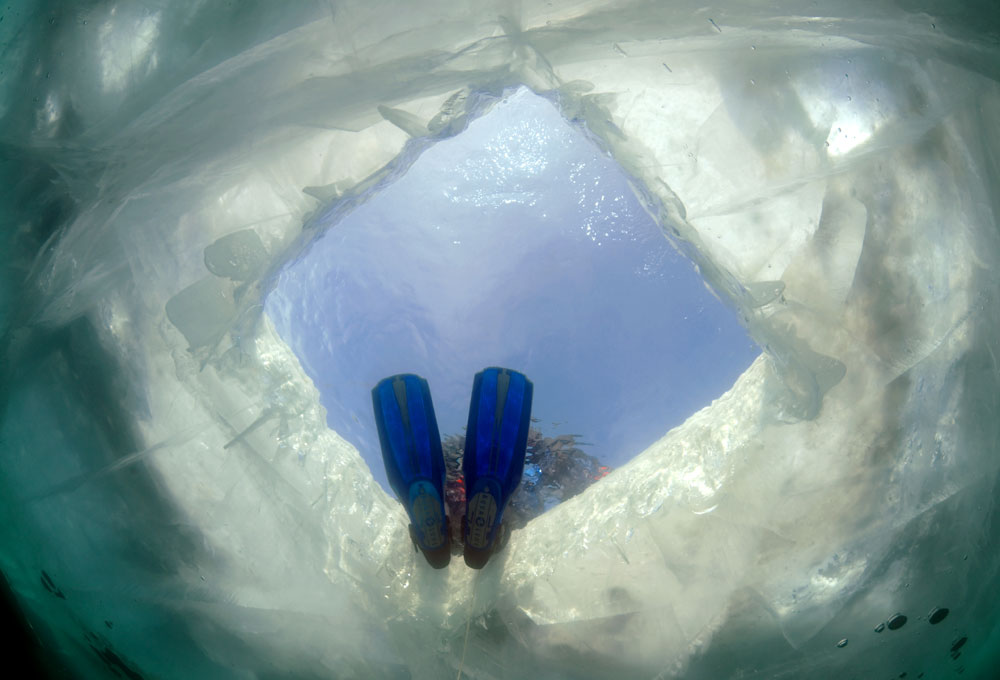
Nekrasov has explored most major underwater destinations, but insists that Baikal has something special that the other places don’t.
Andrey Nekrasov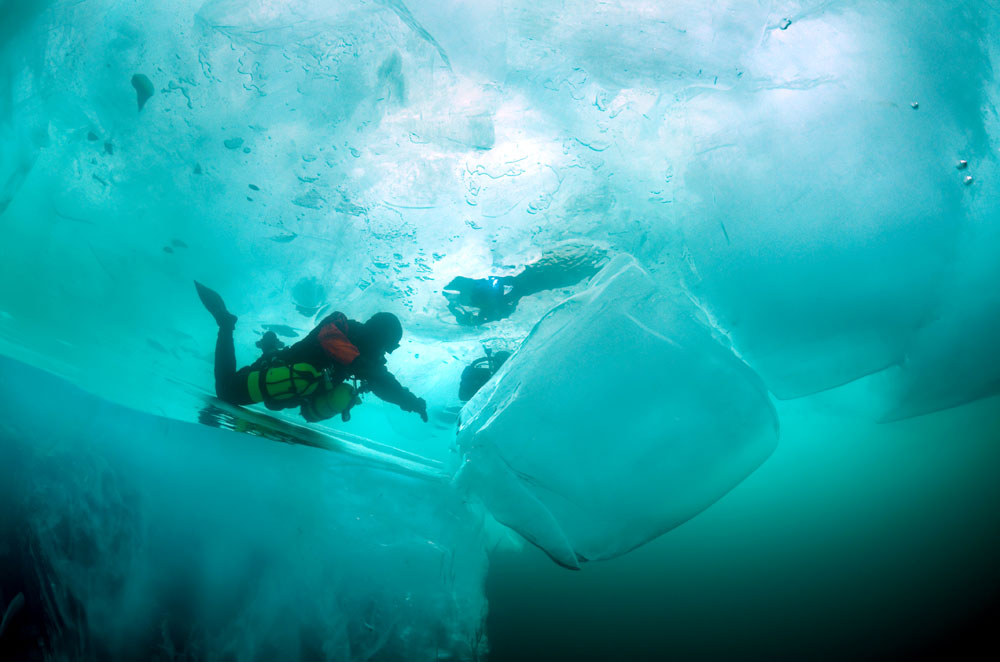
"The works of ice sculptors are admirable, but here it's nature itself that takes the lead," Nekrasov says. "Its creations are mostly abstract, but {the artist is} no less talented. Look at these icicles – crooked and squeezed in unthinkable ways."
Andrey Nekrasov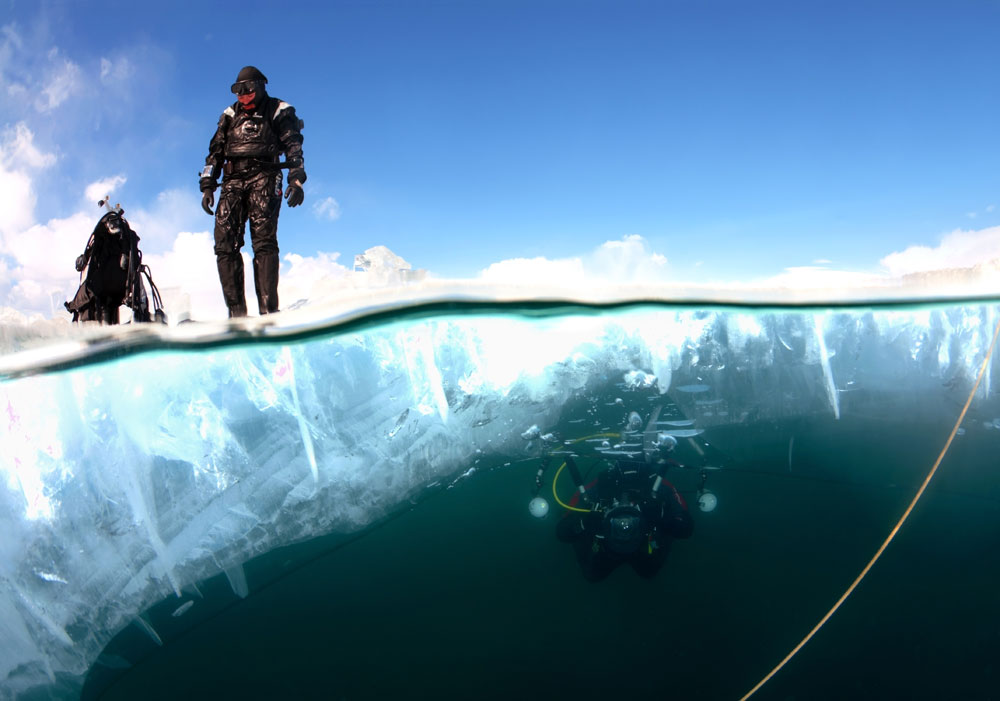
It's warmer under the ice at about 0 degrees Celsius (32 Fahrenheit), which is not bad compared to the –20 (-4°F) temperatures found above ground.
Andrey Nekrasov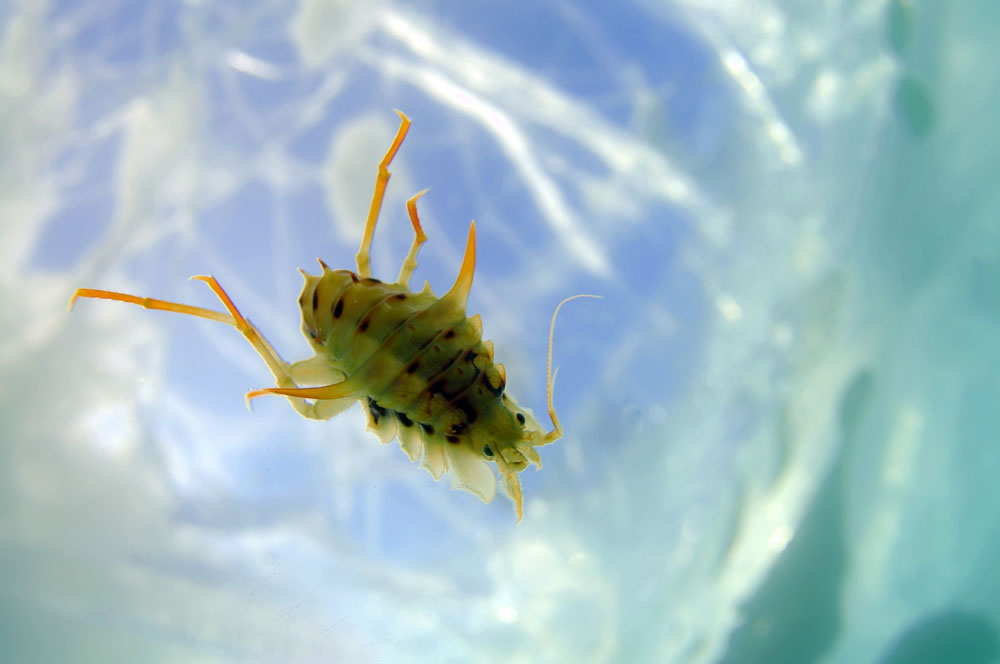
Baikal's wildlife might seem less fanciful than what you can find in tropical seas at first glance, but it really is spectacular with hundreds of endemic invertebrates. The luckiest travelers might even encounter the rare Baikal seal.
Andrey Nekrasov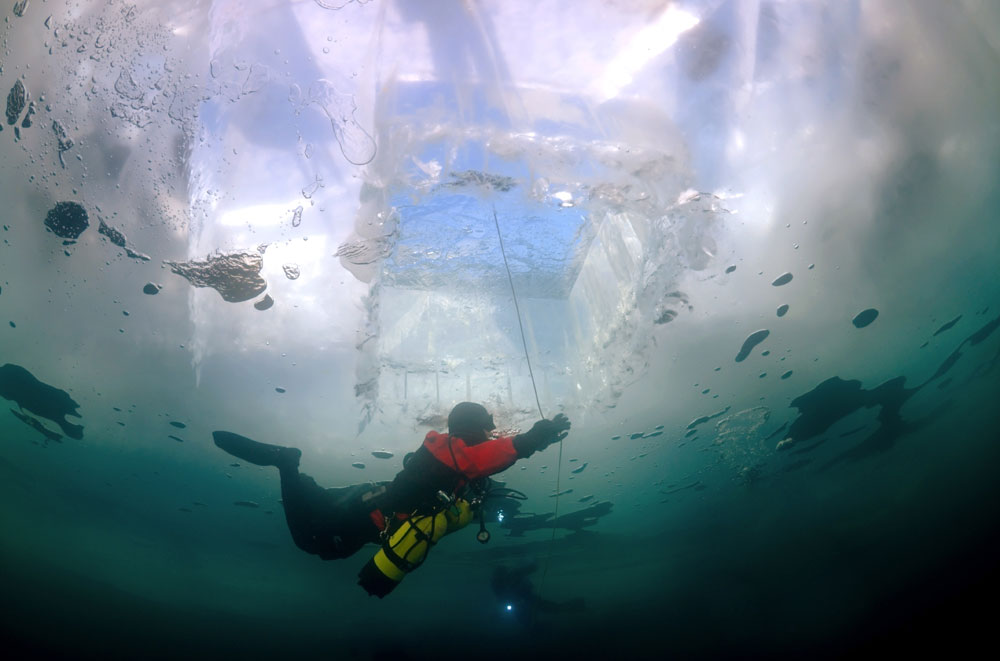
Baikal freezes completely only in mid January. Locals advise planning a diving safari in March when the packed ice achieves its maximum strength.
Andrey Nekrasov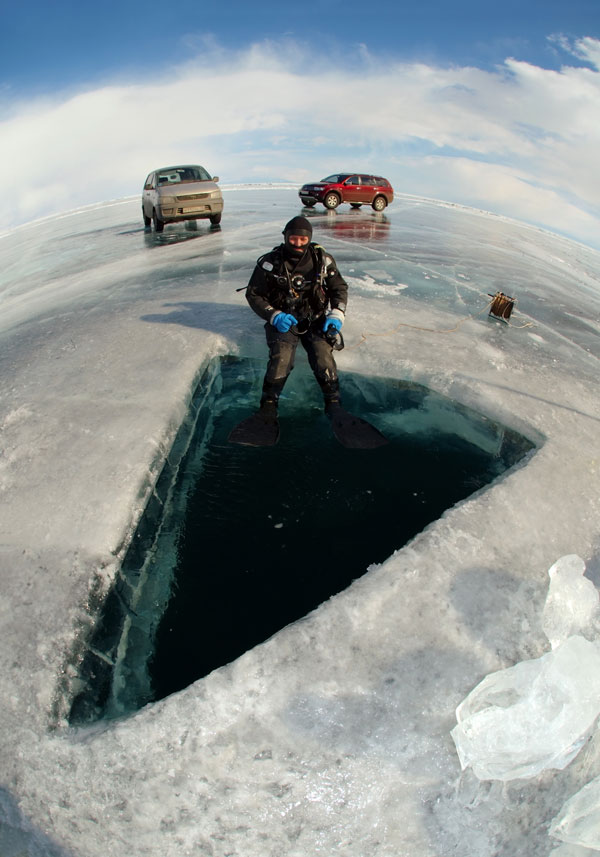
When a solid meter (3.3 ft) of ice is under your feet, it's safe to drive a car on the surface.
Andrey Nekrasov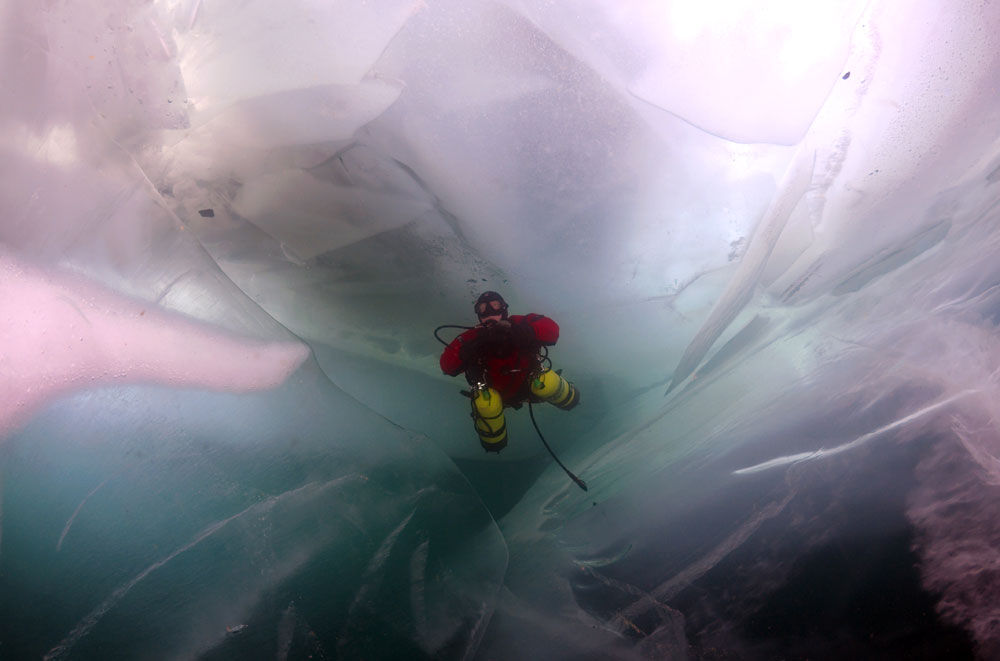
The icy surface of Baikal is full of hummocks, small ridges that form in ice fields. Due to the great day and night temperature variations, the ice expands and creates peculiar icy landforms including hills, caves, grottos and labyrinths.
Andrey Nekrasov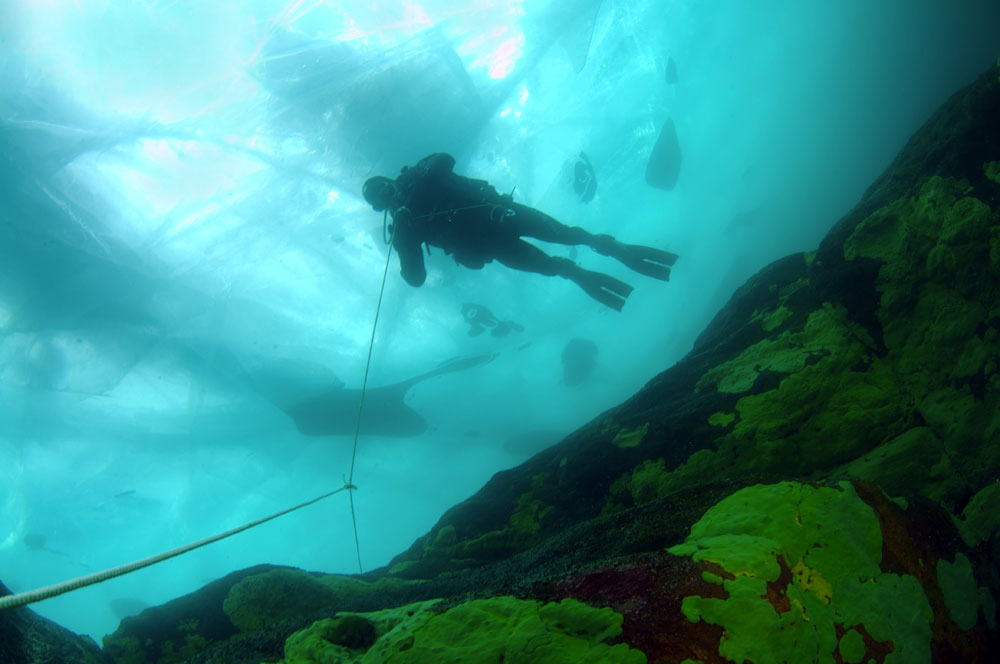
The Baikal ice is always in motion and these transformations can be perilous.
Andrey Nekrasov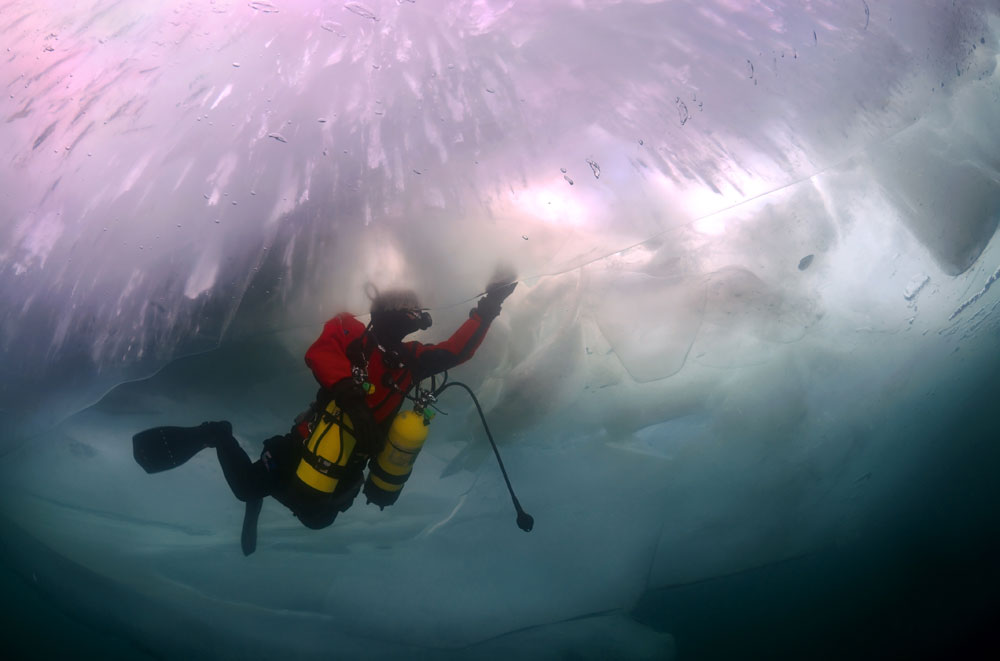
"Once I saw the walls of an ice cave literally crumble just after the last diver from our group swam out of there," says Nekrasov.
Andrey Nekrasov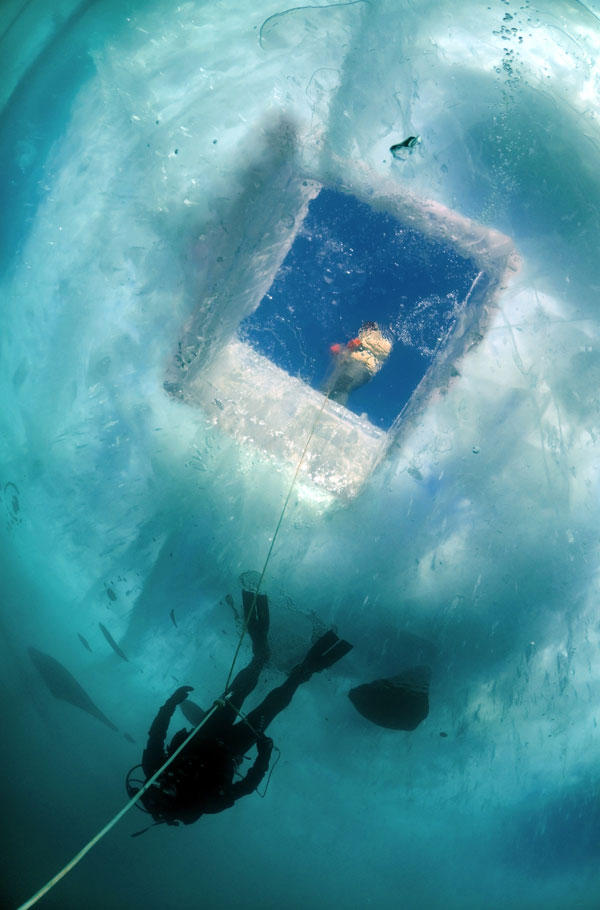
The water in Baikal lacks chemicals and is close in purity to a distilled liquid. Its transparency is impressive: at one meter thick, you can see-through the ice just like glass, which makes for amazing photos.
Andrey NekrasovAll rights reserved by Rossiyskaya Gazeta.
Subscribe
to our newsletter!
Get the week's best stories straight to your inbox